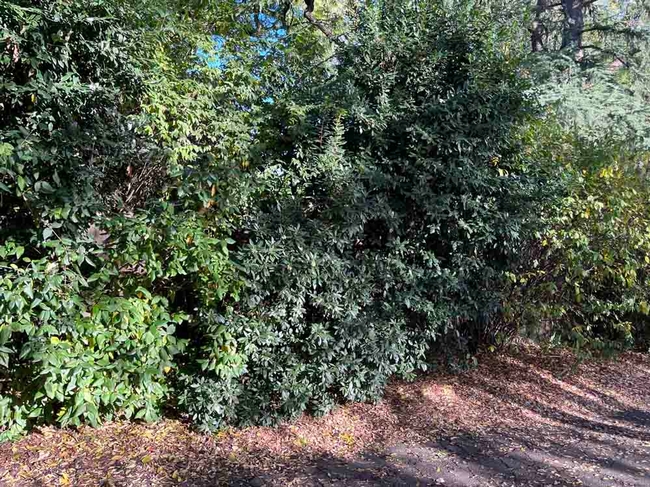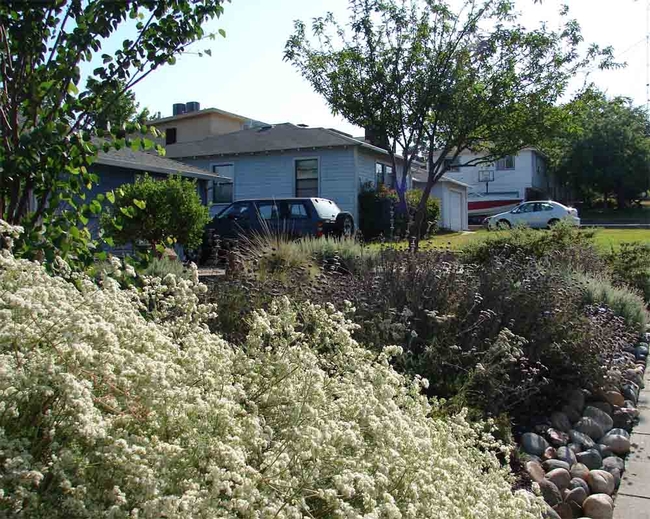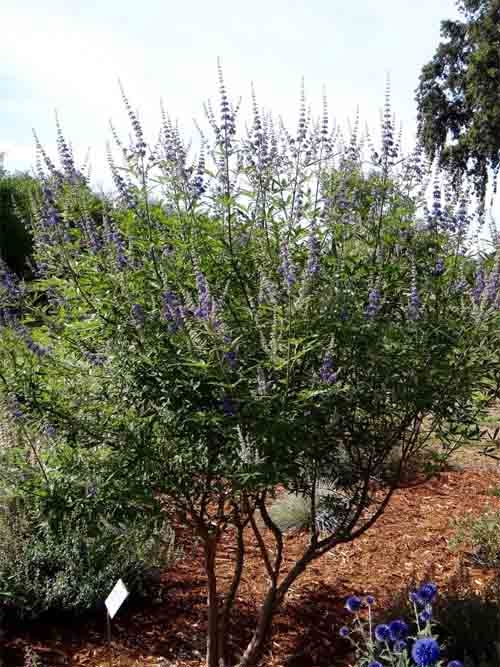If you are planning to put some new plants in the ground now so they will be established when spring comes around, consider planting a hedgerow. In urban and suburban areas, fences or hedges are typically used to define property lines, block unsightly views, provide privacy screening, and create windbreaks. However, hedgerows are becoming a popular alternative for these landscape duties. While a hedge is made up of a single plant species placed in a tightly spaced row, a hedgerow is a broad bed planted with a variety of trees, shrubs and forbs (herbaceous flowering plants).

Urban and suburban landowners can reap these benefits by planting smaller trees and large shrubs to establish mini-hedgerows instead of fences or hedges. A scaled-down hedgerow will still attract pollinators, beneficial insects and birds. Hedgerows can also create corridors between wild spaces, allowing wildlife to more safely move through neighborhoods. As landscape designer Rebecca Lindenmeyr says, “Hedgerows can provide a slice of wild on the outskirts of a landscape design.”

If you decide to create a hedgerow, try to choose plants with a variety of heights. Different types of wildlife are adapted to living at different levels above the ground. Also, generally speaking, wider is better when it comes to hedgerows. The wider the planting area, the more room there is for a greater diversity of plants. The greater the diversity of plants in a hedgerow, the more likely it is that wildlife will find a suitable habitat there. Look for plants that provide food for wildlife. Selecting a variety plants that produce flowers, fruit, nuts, seeds, or nectar at different times of the year increases your chances of providing food for the greatest diversity of wildlife species.
Native plants are a logical choice for use in hedgerows. They are familiar sources of food and shelter for local wildlife species, and are well adapted to the local climate and soils. Large native shrubs that are suitable for residential hedgerows in our area include California redbud, toyon, many species of Ceanothus and manzanita, coffeeberry, desert willow and coyote brush. California bush anemone, Cleveland and white sage and buckwheat are more moderately-sized natives that can also be useful in hedgerows. Smaller native perennials include deer grass, California fuchsia, milkweed and penstemon. An added bonus is that, once established, all of these natives are at least moderately “deer resistant.” It is important to recognize, however, that if they are hungry enough deer will eat virtually anything.

For further information on residential hedgerows:
Hedgerows and Integrated Pest Management
UC Master Gardeners of Butte County are part of the University of California Cooperative Extension (UCCE) system. To learn more about us and our upcoming events, and for help with gardening in our area visit our website. If you have a gardening question or problem, email the Hotline at mgbutte@ucanr.edu or leave a phone message on our Hotline at 530-552-5812. To speak to a Master Gardener about a gardening issue, or to drop by the MG office during Hotline hours, see the most current information on our Ask Us section of our website.